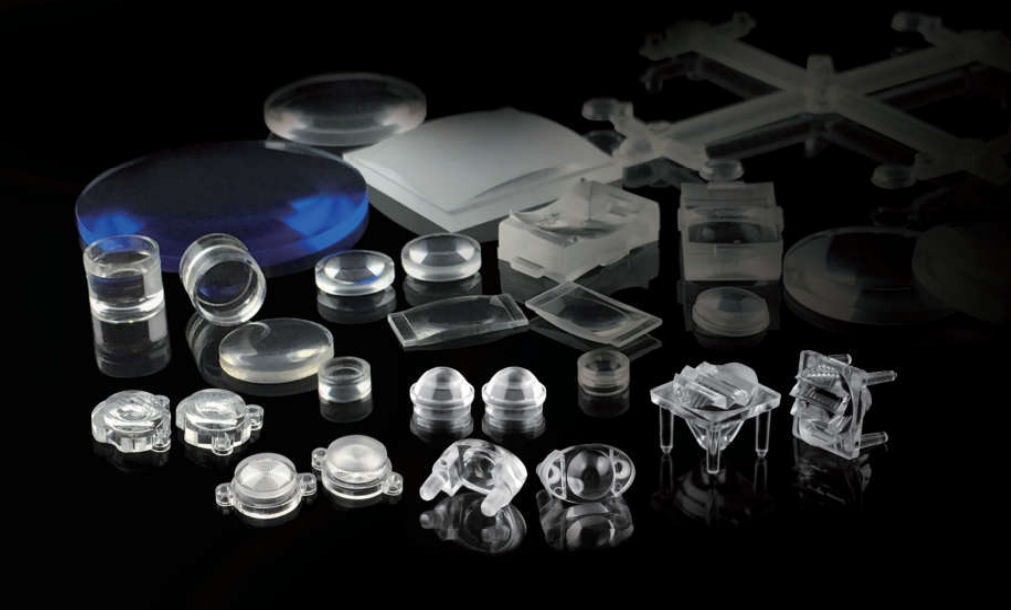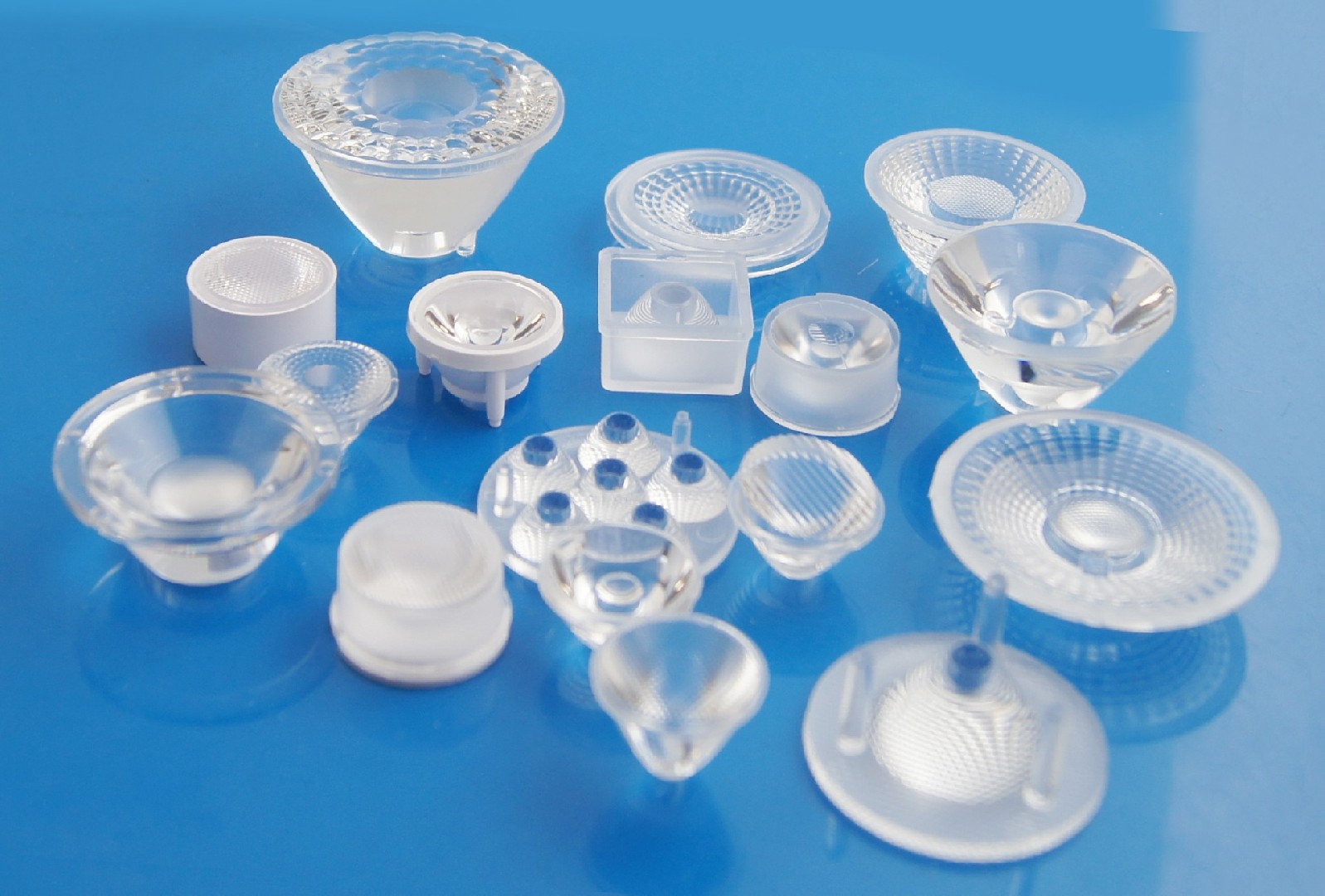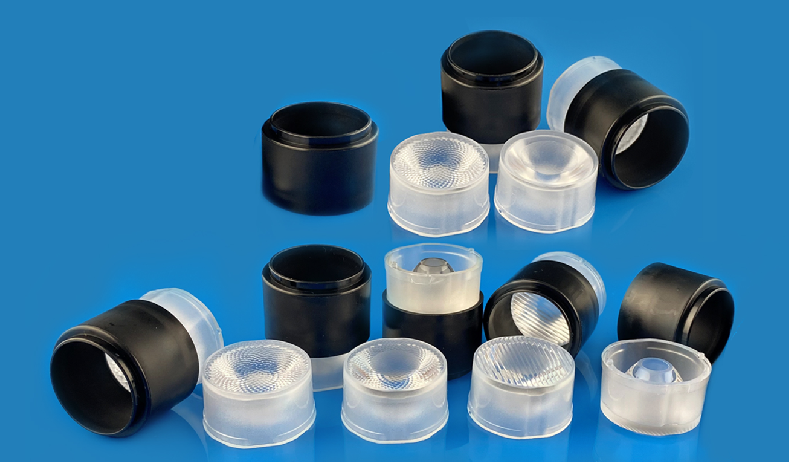
Optical filters and our lives have been inextricably linked, today and we take a look at the existence of optical filters in life and where they are? For example, vision correction of myopia on the hypo-reflective filters, car reflectors on the high reflective filters, business office widely used in the core components of the projector is a collection of a variety of filters, go to the hospital to check the use of biochemical detector one of the core components of the monochromator is used in a lot of narrow-band filters, the use of long wavelength pass filters in the digital camera, short-wavelength pass filters, a variety of optical instruments, LCDs and anti-counterfeiting technology, optical communications, laser technology and so on are all related to filters. Various optical instruments, liquid crystal displays and anti-counterfeiting technology, optical communications, laser technology and so on are inseparable from the development of filter technology. It can be said that without the development of filter technology as the basis, many modern emerging technologies are difficult to achieve the current achievements.
Filter refers to the optical components or independent substrate coated with one or more layers of dielectric film or metal film to change the characteristics of light wave transmission. The use of light waves in these films in the transmission of the characteristics of the phenomenon of change, such as transmission, absorption, scattering, reflection, polarisation, phase change, and so on, and then design and manufacture of a variety of filter products to achieve the purpose of scientific and engineering applications. Manufacturing filter technology is a complex engineering technology, involving a lot of professional and technical fields, including vacuum acquisition technology, vacuum measurement technology, computer-aided design technology, optical characteristics of the detection technology, electronic circuit technology, material characteristics of the detection and preparation technology.
Optical devices used to select the desired radiation band. Divided into two categories: colour filters, which is a variety of colours of flat glass or gelatin film, its transmission bandwidth of several hundred angstroms, mostly used in broadband photometry or installed in the stellar spectrograph to isolate the overlapping spectral levels. Its main feature is that the size can be made quite large. Thin-film filters, also divided into thin-film absorption filters and thin-film interference filters. The former is on a specific material base, chemical etching so that the absorption line is located at the desired wavelength.
Generally through the wavelength is longer, mostly used for infrared filters. The latter is in a certain film base, with vacuum coating method alternately formed with a certain thickness of high refractive index or low refractive index of the metal - medium - metal film, or all dielectric film, constituting a low-level, multi-level tandem solid interferometer. Membrane layer material, thickness and tandem mode selection, by the required centre wavelength and transmission bandwidth λ to determine. Currently can be any wavelength from the ultraviolet to the infrared, λ for 1 ~ 500Å a variety of interference filters. The peak transmittance of metal-dielectric film filters is not as high as that of all-dielectric films, but the latter have more serious problems with sub-peaks and sidebands. Thin film interference filters also have a circular or strip-shaped variable interference filters, suitable for space astronomical measurements. In addition, there is a two-color filter, which is placed at an angle of 45 ° with the incident beam, can be high and uniform reflection and transmittance will be broken down into the direction of the direction of each other perpendicular to two different colours of light, suitable for multi-channel multicolor photometry. Interference filters generally require perpendicular incidence, when the angle of incidence increases, moving in the direction of the short wave. This feature can be used to align the centre wavelength within a certain range.
Last Article:What direction will smart lighting go?
Next Article:LED Lens Optical Design Revealed


